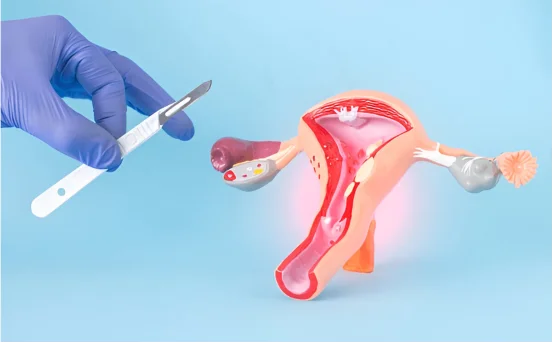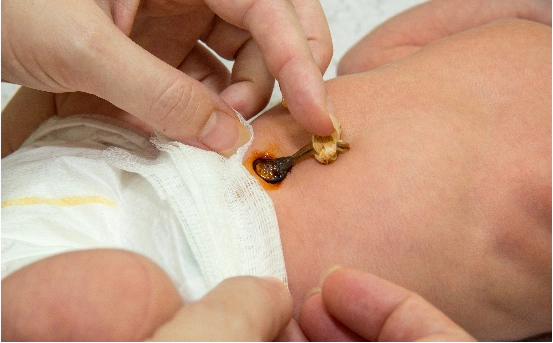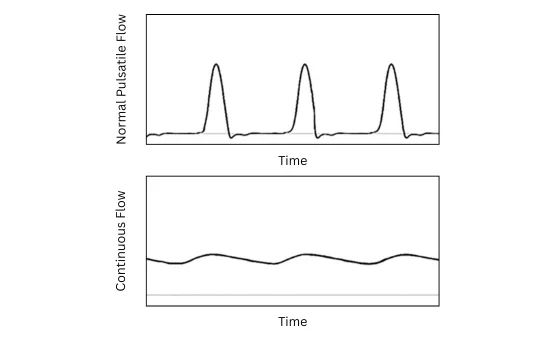Uterine fibroids are a frequent health problem that affects thousands of women across the globe. Although they are generally benign, fibroids that are not cancerous can have a significant impact on the health of a woman, her ease of living and fertility. For women who suffer from painful or troublesome fibroids, surgery may provide a long-term solution to improve the your quality of life.
What is fibroids surgery
Uterine fibroids, also referred to as myomas or leiomyomas are muscular tumors that develop in the uterus. They can range in size, from tiny as a grain to as big as a melon. They may also develop either in groups or singly.
Common Symptoms of Fibroids
- Long-term or heavy menstrual bleeding
- Pelvic pressure or pain
- Frequent urination
- Pain during intercourse
- Leg or back pain
- Obstetric problems or infertility
Although some women suffering from fibroids do not experience any symptoms, others may feel extreme discomfort. If the symptoms are affecting your daily life or health, surgery for fibroids is usually the best method of treatment.
Why is Fibroids Surgery Needed?
Understanding of what is fibroids surgery
Fibroids do not always require surgery. Non-surgical treatments like medication hormone therapy, medication, or lifestyle modifications can help manage minor symptoms. Surgery is however required in the following situations:
- Fibroids Are Large or Growing Rapidly:- Large fibroids can cause distortion of the uterus and press upon other organs such as the bowel or bladder which can cause urinary tract issues or pain. Surgery is a way to remove these tumors and avoid complications.
- Severe Symptoms Impact Quality of Life: –Pain in the pelvis, chronic menstrual bleeding and anemia due to fibroids may cause disruption to your daily routine. If all other treatment options are unsuccessful, surgery may be the solution.
- Fertility Is Affected:- Fibroids may hinder the process of the implantation process or pregnancy. If a woman wants to conceive, removing them surgically via myomectomy may protect the uterus and increase fertility.
- Post-Menopausal Growth:- Fibroids typically shrink after menopausal. If they do grow after menopausal change, it could be a sign of a rare condition that needs urgent evaluation and perhaps surgical intervention.
Types of Fibroids Surgery
The type of procedure recommended is based on a variety of variables, including the size, position, and amount of fibroids, age of the patient and fertility goals.
Myomectomy (Uterus-Preserving Surgery)
Myomectomy is a surgical removal of fibroids with no removal of the uterus. It is perfect for women who want to keep their fertility.
Types of Myomectomy:
- Laparoscopic Myomectomy – Minimally invasive with small incisions, and cameras.
- Hysteroscopic Myomectomy for fibroids in the uterus; there are no abdominal cuts needed.
- Abdominal Myomectomy Surgery performed open for multiple or large fibroids.
Hysterectomy (Uterus Removal)
Hysterectomy is the total elimination of the uterus. It is regarded as a permanent treatment. It is suggested for:
- Women with extremely large fibroids
- The ones who do not want to be conceived
- Recurrent fibroids that aren’t responding to other treatment
Types of Hysterectomy:
- Total Hysterectomy removes the cervix and uterus.
- Partial Hysterectomy – removes the uterus, but does not remove the cervix.
- Laparoscopic or Robotic-Assisted Hysterectomy The procedure is minimally invasive and faster in recovery.
Uterine Fibroid Embolization (UFE) – Non-Surgical Option
Although technically it’s not a surgery, UFE is a minimally an operation that involves a blood supply to the fibroid’s tissue can be cut, which causes that fibroid’s size to decrease. It’s a great option for women who aren’t planning to have a child.
Preparing for Fibroids Surgery
Before they undergo surgery to remove fibroids Patients typically go through:
- Exams of the pelvic area
- Ultrasound and MRI scans to determine the size and area
- Blood tests
- Consultation to select the most appropriate procedure
The surgeon will talk about the potential risks, anticipated outcomes and recovery times dependent on the kind of procedure.
Recovery & Aftercare
The success of fibroids surgery is contingent upon the surgical procedure used:
- Laparoscopic Myomectomy Recovery time of 1-2 weeks
- Hysterectomy or Abdominal Myomectomy 4 to 6 weeks
- Hysteroscopic Myomectomy: a few days to a week
Post-Surgery Tips:
- Avoid strenuous and heavy lifting exercises
- Use prescribed medicines regularly
- Follow-up appointments should be scheduled.
- Keep a balanced diet and ensure you are hydrated
The majority of women notice significant relief from the symptoms of fibroid and better quality of life following surgery.
Benefits of Fibroids Surgery
- Pain relief from chronic and heavy bleeding
- Increased fertility results (especially in the aftermath of myomectomy)
- The prevention of fibroid regrowth is during hysterectomy.
- Better living quality and health
Risks & Considerations
As with all surgical procedures procedure, fibroid surgeries carry certain dangers, such as:
- Infections or bleeding
- Organs nearby are damaged
- The formation of scar tissue (adhesions)
- Future surgeries are required (especially following myomectomy)
Selecting a gynecologist who is experienced and having a thorough pre-surgical examination considerably reduces the risks.
Conclusion
Fibroids surgery can be a highly beneficial option for women with severe or moderate uterine fibroid signs. Although the choice to undergo surgery is based on your individual health goals as well as medical background, the procedure provides an effective and safe treatment for chronic pain and reproductive problems.
If you’re experiencing signs of uterine fibroids or discovered them recently, speak with an obstetrician to determine if the fibroid procedure, like myomectomy or hysterectomy is the right choice for you. A prompt diagnosis and the appropriate procedure can result in quicker recovery and long-lasting relief.























